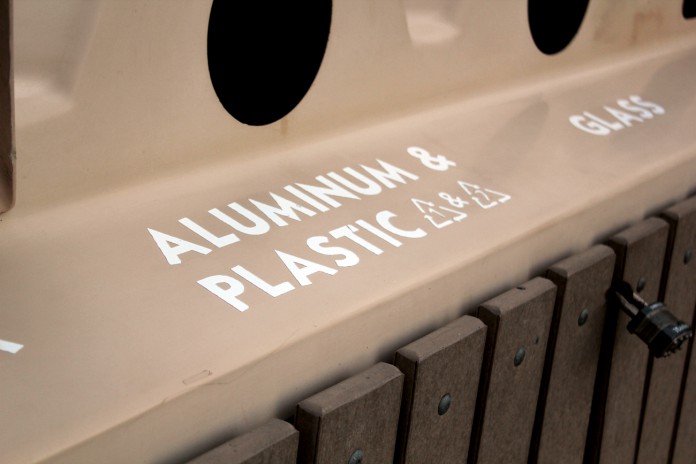Joan Curtis
Staff Writer
Photos by: Alec Spears
California is generally thought of as environmentally progressive, and the policies enacted by the University of California reflect the same stance. Efforts to promote sustainability extend throughout the UC system, but the Santa Barbara campus exceeds UC expectations.
UC Santa Barbara adheres to regulations set forth by the Leadership in Energy and Environmental Design (LEED), a program that ensures sustainable practices are used in building construction. Santa Barbara has more LEED certified buildings than any other campus in the UC system.
These buildings include Girvetz Hall, the Recreational Center, the Life Sciences Building and the Marine Science Research Building. Honorable mention is Bren Hall, the first building in the world to achieve the LEED ranking of “double platinum.” (what does this ranking mean?)
Grant Keefe, UCSB’s Sustainability Coordinator, said that there are plans for 22 buildings to be certified within the next five years.
Another effort to achieve sustainability is The Green Initiative Fund (TGIF), a program that collects a student-approved fee of $2.60 per quarter from each student to fund student-proposed sustainability projects. These projects have included retrofitting the Recreation Center’s treadmills to generate electricity while people work out, and installing filtered water spigots in campus stores to promote reusable water bottles.
Working toward sustainability is a goal that has even permeated the research sector of UCSB, and efforts to go green are evident in the campus program Laboratory Research and Technical Staff (LabRATS). Allen Doyle and Katie Maynard founded LabRATS seven years ago with the intention of minimizing the environmental impact of research laboratories.
Amorette Getty, a current staff adviser for LabRATS, describes the program as an important step towards achieving sustainability in laboratories. Most research labs at UCSB have high demands on resources such as plastics, water, and energy, and LabRATS looks for practical ways to reduce these demands and lessen the laboratories’ environmental footprint.
The group goes about meeting this objective in a number of ways.
“A lot of the plastics and glass that researchers don’t think are recyclable actually are,” Getty said. “And if there’s a mechanism that uses a lot of electricity and is running 24 hours a day, seven days a week, we look for opportunities to shut those off at any points during the day to reduce their impact.”
The LabRATS program is executed with the help of several staff advisers, paid undergraduates and volunteers. LabRATS has set itself some ambitious goals for the future and always welcomes additional volunteers who want to get more hands-on experience in the hard sciences.
UCSB also has a concentrated effort to recycle.
Associated Students (A.S.) sponsors a program that manages about 80 recycling clusters across campus. Student employees transport the recyclables around campus by bicycle, although the program also has two electric vehicles for larger pick-up jobs. The standard subdivisions of the recycling clusters include glass, aluminum, paper, and waste.
In 2008, A.S. extended the recycling program to include “technotrash”—CDs, batteries, toner cartridges and other electronic waste—that can be diverted from landfill.
Cindy Lopez, the Assistant Director of Administration for A.S., is also the supervisor of the Recycling Coordinator described the program as it supported efforts towards sustainability.
“There are efforts all over campus that we try to coordinate with, and little by little we’re trying to expand the reach of our program as we see the need for new clusters,” Lopez said. “We’re all trying to divert from the waste stream.”












Comments are closed.